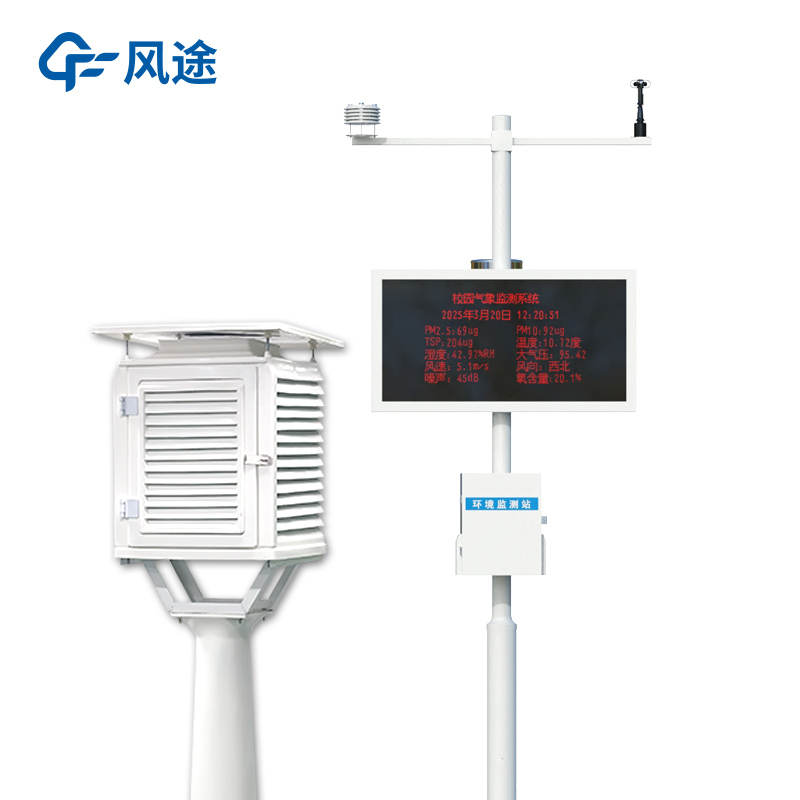Meteorological environment monitoring equipment supplier
Insist on doing high-precision customer favorite technology products
A school weather station is a crucial facility for conducting meteorology-related activities on campus. Its core function is to conduct real-time monitoring of various meteorological elements within the campus, specifically including key indicators such as temperature, humidity, wind speed, wind direction, rainfall, and air pressure. These monitored data not only provide teachers and students with real-time meteorological information, facilitating the reasonable arrangement of daily activities and travel, but also offer meteorological references for tasks like campus plant cultivation and the organization of sports activities.
In the overall composition of a school weather station, the manual surface meteorological observation station occupies a fundamental position, which is directly related to the school weather station’s functions of serving education and teaching, and meeting students’ needs for hands-on practical experience. If meteorological data were solely obtained through automated equipment, it would be difficult for students to gain an in-depth understanding of the principles and processes of meteorological observation. However, the manual surface meteorological observation station provides students with a platform for direct participation in observation. Under the guidance of teachers, students can follow standardized procedures to personally complete operations such as temperature measurement, humidity recording, wind speed and direction determination, rainfall collection, and air pressure reading.
During the hands-on practice process, students can intuitively master the usage methods of various meteorological observation instruments, understand the precautions for observing different meteorological elements and the standards for data recording, and integrate the meteorological theoretical knowledge learned in class with practical operations. This practical model not only deepens students’ understanding and memory of meteorological knowledge but also cultivates their observation ability, hands-on operation ability, and rigorous scientific attitude, laying a foundation for conducting meteorology-related inquiry-based learning in the future. In addition, the data obtained through manual observation can be compared and analyzed with the data from automated monitoring equipment, helping students understand the characteristics of different observation methods, further improving their meteorological scientific literacy, and ensuring the school weather station’s role in practical education is fully exerted.
